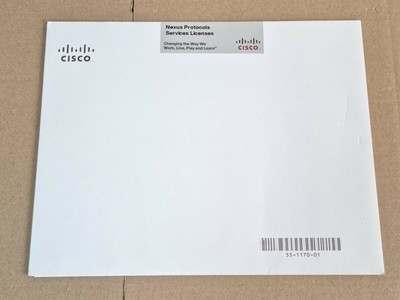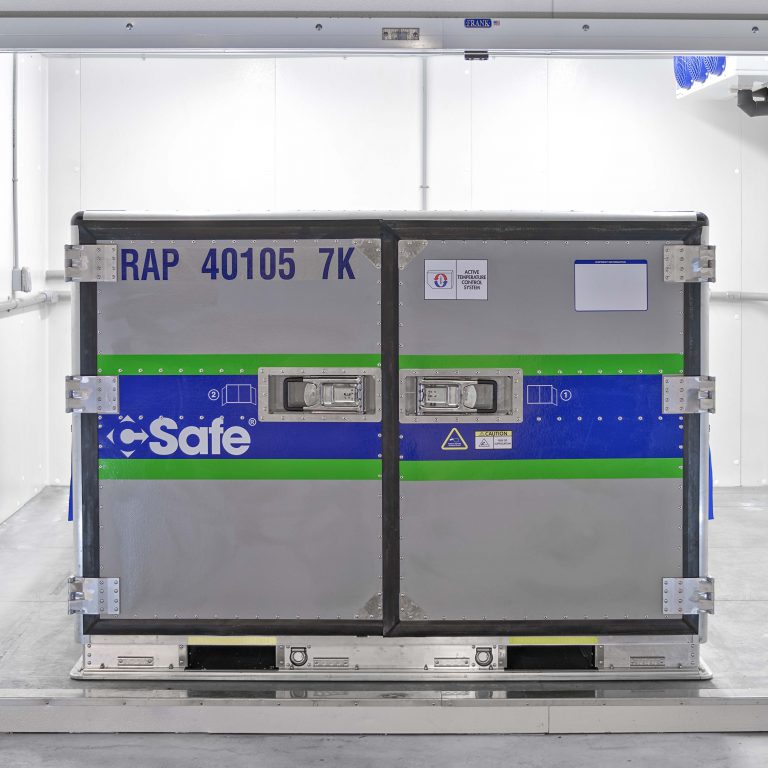


Moderna said its vaccine, mRNA-1273, should be maintained at -20 ☌, which is a standard temperature for home or medical freezers, for up to six months (3). Test packages were shipped to Rhode Island, Texas, New Mexico, and Tennessee the four states were chosen to demonstrate a range of immunization infrastructures that could reach individuals in urban and rural settings. Pfizer reported that it was running pilot shipments to help refine the delivery plan (2). GPS-enabled sensors on the shipping containers will track location and temperature so that Pfizer can proactively identify and prevent potential problems, such as temperature excursions. The companies said that vaccine administration sites could store the vaccines in ultra-low temperature commercial freezers for six months, refill the shipping containers with dry ice to use them as temporary storage units for 15 days, or store the vaccine at 2–8 ☌ in a refrigerator for five days. The vaccine will be shipped in temperature-controlled shippers using dry ice to maintain a temperature of -70 ☌ ± 10☌ for up to 10 days. Pfizer and BioNTech said that they would ship the frozen vaccine, BNT162b2, directly to the point of vaccination using a just-in-time distribution network by air and ground transportation to get shipments from the manufacturing site to the point of use (POU) in one or two days (1). These three vaccines have different cold-chain requirements. 15, 2020.Īuthorized vaccines from Pfizer and BioNTech, Moderna, and AstraZeneca are now being distributed in countries where they are authorized. This article was first published on, Dec.


 0 kommentar(er)
0 kommentar(er)
